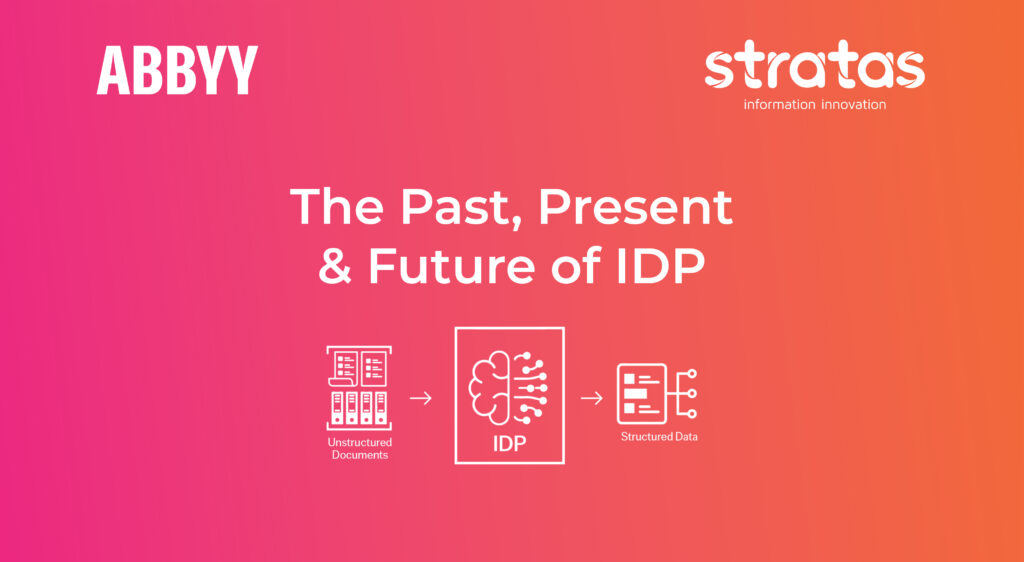What is P2P, and what are the major stages?
What is P2P?
P2P, also known as purchase-to-pay or procure-to-pay, is the process taken to fulfil a requirement for goods or services. P2P covers the entire process from order through to payment.
What are the major stages?
The P2P process has seven different stages. These are; need identified, requisition management, Purchase Order issued, goods receipt, invoice received, invoice processing and Accounts Payable.
Stage 1: Need identified
Identify the need for specific goods and services and set out the budget available.
Stage 2: Requisition management
A formal request is created for the goods or services.
Stage 3: Purchase Order issued
Once the purchase requisition is approved a purchase order (PO) is issued to the supplier.
Stage 4: Goods receipt
Requested goods or services are received, and a receipt is created.
Stage 5: Invoice received
The supplier’s invoice is submitted and entered into the processing system.
Stage 6: Invoice processing
The invoice will be approved if it matches the PO and receipt. If it does not match it will be sent back to the supplier.
Stage 7: Accounts Payable
Approved invoices are sent to Accounts Payable and then paid.
Automating P2P
By automating P2P staff can spend less time and resources keying in information and matching invoices against Purchase Orders. Our Purchase to Pay automation solution empowers Accounts Payable staff to generate strategic value by handling invoices only by exception. By automating your P2P process you could achieve powerful functionality.
Faster invoice processing
Invoices that match perfectly to the PO and goods receipt are automatically sent straight through to the ERP for posting. As a result, the accounts payable team only need to focus on exceptions.
Faster approval workflow
The platform enables sophisticated approval processes. So, an approver can see each invoice in the correct order based on multiple set criteria, such as invoice value. Not to mention, each step of the process is digitally captured to provide an audit trail.
Visibility and reporting
By capturing every invoice on receipt, the exact status of every invoice is available on demand. So, everyone that needs to know and has been granted user access has full visibility.
Why not book a free demo to discover how automating P2P could help your business?



